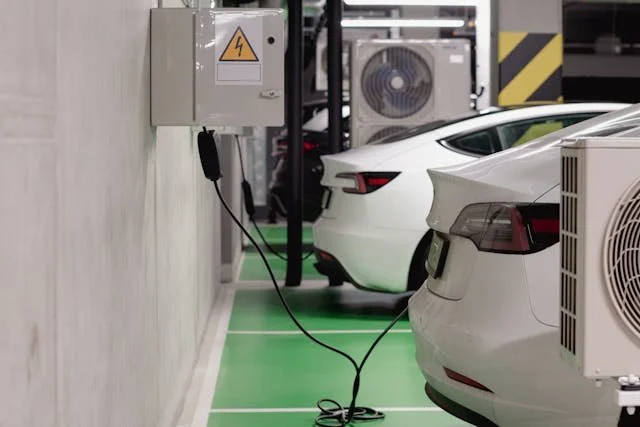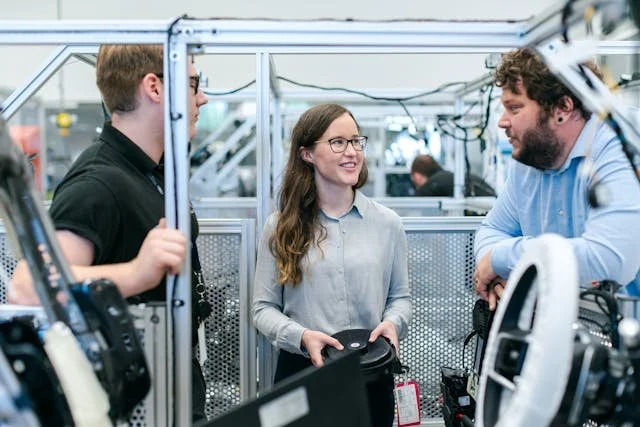US Shift Back to Gas-Powered Vehicles: Policy Reversal and Industry Impact
The Policy Reversal
The Trump administration has fundamentally reversed the Biden administration’s electric vehicle policies through executive orders aimed at eliminating the “electric vehicle mandate” and promoting consumer choice by removing regulatory barriers to gas-powered vehicles and terminating state emissions waivers that limit gasoline-powered automobile sales. Trump ended Biden’s 2021 policy that pledged 50% of new vehicle sales would be electric by 2030, halted federal funding for EV charging stations, and moved to revoke California’s waiver allowing it to ban gas-powered car sales by 2035.
The Impetus Behind the Change
The shift stems from several key concerns. The administration argues that EV policies threaten auto jobs, as electric vehicles have fewer parts and require fewer workers than gas-powered cars, with estimates suggesting Biden’s EV policies could eliminate 200,000 jobs. Cost considerations also play a major role, as electric vehicles remain significantly more expensive—the electric Ford F-150 carries a $26,000 premium over its gasoline counterpart, requiring over two decades of ownership to recoup costs while EV batteries typically last only 12 years.
Government Objectives
The administration seeks to prioritize cost-effectiveness, American workers and businesses, and sensible use of taxpayer money while ensuring a level regulatory playing field for consumer choice in vehicles. The policy aims to protect traditional automotive manufacturing jobs and reduce what officials view as unfair government market distortions favoring EVs over other technologies.
Industry Impact
Electric Vehicle Companies: EV manufacturers face immediate challenges as the $7,500 new EV tax credit and $4,000 used EV credit are set to end, with companies like Rivian already reducing their regulatory credit revenue outlook from $300 million to $160 million for 2025. However, some see potential benefits—reduced incentives for traditional manufacturers to invest in electrification could mean less long-term competition in the EV space.
Traditional Automakers: Companies like Stellantis called Trump’s approach “hugely positive,” while the changes give automakers more flexibility in adjusting to market demands rather than meeting strict EV quotas. Industry leaders praised the unwinding of what they called “artificial government mandates,” citing mismatches between EV demand and regulatory sales targets.
Consumer and Environmental Implications
Consumers may benefit from continued availability and affordability of gas-powered vehicles, but the policy shift could weaken U.S. automakers against Chinese competitors, where about half of cars sold are electric or plug-in hybrids with heavy government support. Environmentally, the reversal occurs as 2024 was the warmest year on record, exceeding 1.5°C above pre-industrial levels.
Alternative Solutions
For Car Companies: Companies could pursue hybrid technologies as a middle ground, invest in fuel efficiency improvements for gas engines, and develop flexible manufacturing platforms accommodating both powertrains. Strategic partnerships with battery suppliers could hedge against future policy changes.
For Consumers: Consider certified pre-owned EVs while tax credits remain, explore hybrid vehicles for fuel efficiency benefits, and investigate state-level incentives that may persist despite federal policy changes.
For Environmental Concerns: Accelerate development of renewable fuel alternatives like advanced biofuels, enhance public transportation infrastructure, and implement carbon pricing mechanisms that let market forces rather than mandates drive cleaner technology adoption.
The policy reversal represents a fundamental shift toward market-driven vehicle choices, but success will depend on whether American automakers can remain competitive globally while serving domestic preferences for traditional powertrains.
Written by Justine Reichman




